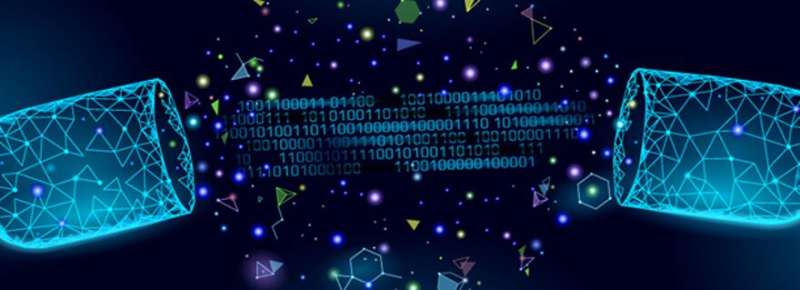
Developing new drugs is a difficult process. With the aid of artificial intelligence, Pharmaceutical scientist Xuhan Liu has developed methods that can help make drug design cheaper and faster. His Ph.D. defense is on 15 February.
To develop new drugs, you need molecules that can bind to a target, often a protein. Compare it with a key that fits a lock. But making the right molecule is extremely difficult. This is because there are a vast number of ways to build a molecule. Since 2016, attempts have been made to make this cheaper and faster with the aid of deep learning.
Deep learning is a form of artificial intelligence that mimics how the brain works. It uses neural networks that form numerous connections. It is already possible to design molecules with it, but they were not very diverse. Liu: “We managed to improve the chemical diversity with the deep learning model that I developed.”
Multiple targets
But his research did not stop there because for drug development it is important that molecules have an effect on multiple targets in the body. This is called polypharmacology and means that rather than a key that fits one lock, the molecule is a master key that fits multiple locks. That is particularly necessary in the treatment of diseases that involve many bodily processes, such as cancer, for example. There is also less likelihood of drug resistance if the drug affects multiple targets, multiple proteins, for instance.
“The deep learning model was further trained with various models, and in the end I was able to improve both the precision and the diversity of the molecules,” says Liu. “Tests have shown that they potentially have high efficacy and low toxicity. These are good results.”
Optimize
In the two methods above the molecules were built from scratch. But because the number of potentially suitable molecules for drugs is enormous, drug design often starts from a known pharmaceutical structure. “This means you can further optimize molecules that are known to work,” Liu explains. This is also possible now with his deep learning model. “You therefore don’t have to start development right from the beginning again.”
The future
Source: Read Full Article